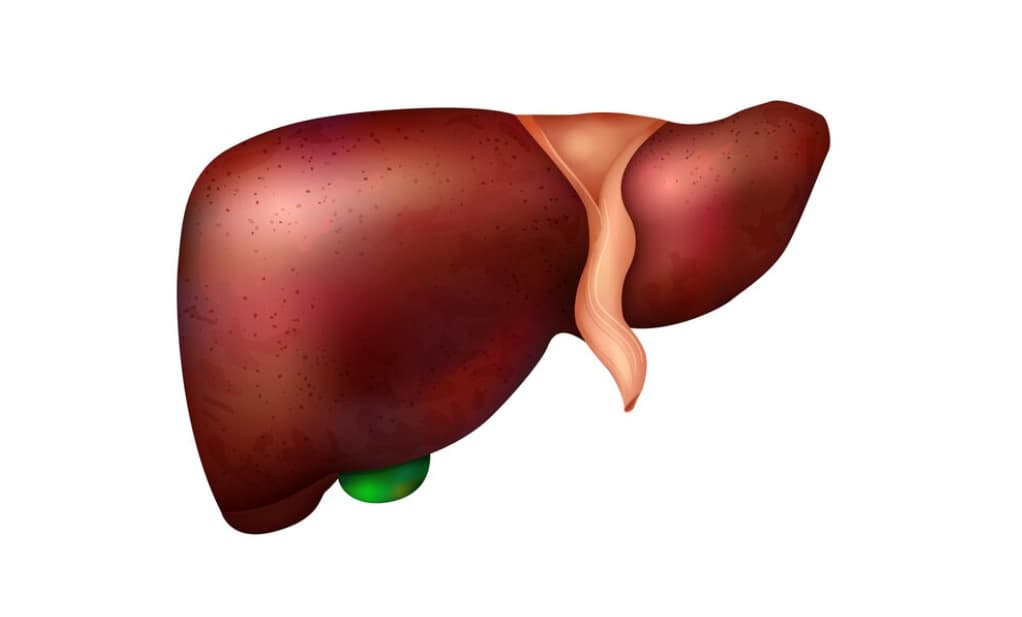
Understanding Cystic Fibrosis Liver Disease
Comprehending Cystic Fibrosis Liver Disease
Cystic fibrosis, an inherited disorder, triggers an accumulation of mucus across various internal organs. This persistent and commonly fatal disease can impact multiple organs, including the liver, potentially resulting in severe conditions such as cirrhosis.
Important Insights

Cystic fibrosis is a progressive illness, prompting cells to secrete a viscous, adhesive mucus causing abnormalities in multiple organs, such as the lungs and liver. In the liver, this mucus can impede the bile duct, inciting inflammation and scarring that, in extreme instances, can lead to permanent damage known as cirrhosis. While no interventions can entirely halt or cure cystic fibrosis, measures can be taken to control and lessen symptoms, including medication regimes and nutritional adjustments.
Underlying Causes
Cystic fibrosis arises due to a genetic abnormality. Both parents must carry a version of this malfunctioning CF gene to transmit it to their offspring. There is a 25% probability for children of parents with one defective CF gene each to be diagnosed with cystic fibrosis.
The disease can initiate liver disease by stimulating mucus to accumulate and obstruct bile ducts in the liver. This obstruction hinders bile from leaving the liver, inciting inflammation and fibrosis. Consequently, the liver’s functionality is compromised.
Identifying Symptoms
The effects of cystic fibrosis extend to various organs and systems within the body, and it can present a host of symptoms. Indications in the respiratory, digestive, and reproductive systems can include:
- Persistent lung infections;
- Coughing accompanied by blood;
- Diabetes;
- Impaired breathing;
- Male infertility;
- Respiratory failure.
Liver disease can also be a manifestation of cystic fibrosis. Common symptoms comprise:
- Obstructed bile ducts;
- Cirrhosis;
- Distension in the abdomen (ascites);
- Jaundice (yellow skin and eyes);
- Elevated blood pressure;
- Internal bleeding.
In the majority of cystic fibrosis cases, liver problems are mild. However, 5 to 10 percent of individuals with cystic fibrosis will experience severe liver complications.
Guidelines for Diagnosis
Cystic fibrosis is now part of the tests administered to most newborns, including:
- Blood test: It seeks high levels of IRT, a chemical secreted by the pancreas;
- Genetic test: It searches for mutated CF genes, confirming a blood or sweat test;
- Sweat test: It looks for high chloride levels, a typical indicator of cystic fibrosis.
Due to the impact of cystic fibrosis on the liver, some common methods used to diagnose liver disease in cystic fibrosis patients include:
- Blood tests: Evaluate levels of bilirubin, albumin, and other substances to gauge liver functionality;
- Endoscopy: Utilizes a slender, elongated tube fitted with a camera to inspect enlarged blood vessels (varices) that could initiate internal bleeding;
- Imaging tests: Employ technologies like computerized tomography (CT) scan, ultrasound, and magnetic resonance imaging (MRI) to create images of the liver for better disease detection;
- Liver Biopsy: A surgical procedure extracting a tiny liver tissue sample for microscopic examination to identify the problem.
Treatment Approaches and Strategies

Cystic fibrosis and liver disease associated with cystic fibrosis are incurable. However, treatments exist that help alleviate symptoms. For liver disease, these include:
| Treatment Method | Description |
|---|---|
| Endoscopic Surgery | Employs a long and narrow tube to repair ruptured blood vessels. |
| Dietary Changes | Involves reducing alcohol intake and incorporating vitamin supplements. |
| Medications | Includes blood pressure reducing drugs and ursodeoxycholic acid (UDCA), a naturally occurring compound that can displace harmful bile acids. |
| Liver Transplantation | In cases of severe liver damage, a liver transplant might be necessary, replacing the damaged liver with a healthy donor liver. |
Future Prognosis
Cystic fibrosis and cystic fibrosis-related liver disease are unable to be reversed, but they can be managed via treatment and ongoing assessments. Most cystic fibrosis patients only experience minor liver issues requiring careful monitoring, while a smaller group will need larger treatments like liver transplantation. Regardless of treatment, complications from liver disease can be minimized.
However, cystic fibrosis is a progressive disease that can impact multiple organs simultaneously. When liver disease is combined with lung failure or another complication, it can be much more challenging to manage. For this reason, cystic fibrosis patients often do not live past their 30s.
Effective Prevention Methods
As cystic fibrosis is a genetic disorder, prevention is usually not an option. However, early detection can often lead to more effective management of the disease and its symptoms. Carrier testing for family members of those diagnosed with cystic fibrosis can also be beneficial to understand the risk of transmitting the disorder to future generations.
Adapting to Everyday Life with Cystic Fibrosis Liver Disease
Living with cystic fibrosis liver disease can be challenging. However, by making some adjustments in daily routines and adopting healthier lifestyle practices, the effects can be significantly managed. This involves taking prescribed medications diligently, adopting a balanced diet rich in essential nutrients, and engaging in regular physical exercise to maintain overall health. Regular check-ups and consultations with healthcare providers are also key to managing and slowing down the disease progression.
Conclusion
Dealing with cystic fibrosis liver disease can be a lifelong challenge. However, by understanding the disease, its underlying causes, symptoms, and effective treatment options, you can better manage and navigate this complex condition. While living with cystic fibrosis liver disease might require significant lifestyle changes and constant medical supervision, with the right approach and healthcare support, the quality of life can be substantially improved.
In conclusion, cystic fibrosis liver disease is a severe genetic condition that poses unique challenges. While no cure exists, understanding its causes, symptoms, diagnosis methods, and potential treatments aids in managing its impact. While it does require lifestyle adjustments and continuous monitoring, the key to living with this condition lies in an early diagnosis, a proactive approach to symptom management, and the maintenance of a close relationship with healthcare professionals. Furthermore, ongoing research brings hope for improved treatment options and potential breakthroughs in the future.

